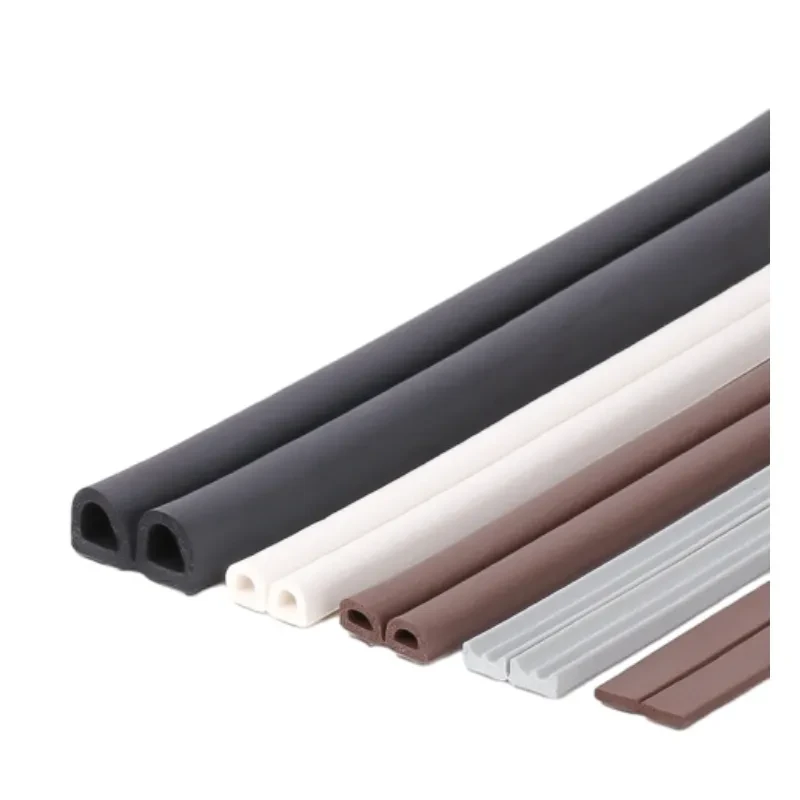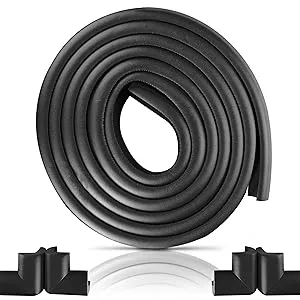Telephone: +8618730949119
E-mail: 1299343081@qq.com
Jan . 28, 2025 04:36
Back to list
automotive door seal
Automotive door seals are an unsung hero in the world of vehicle manufacturing and maintenance, playing a crucial role not only in comfort but also in vehicle integrity. These components ensure that the vehicle interior is shielded from external elements while maintaining optimal environmental conditions inside the cabin. This article unpacks the various aspects of automotive door seals, highlighting their importance, the technology behind them, and what you need to consider when choosing the right ones for your vehicle.
Choosing the right door seal involves considering several factors, including vehicle make and model, intended use, and typical driving conditions. For instance, off-road enthusiasts might prioritize seals with superior dust and water-repellent features. Meanwhile, urban drivers might focus on noise reduction qualities to counteract city driving conditions. Vehicle-specific seals are crafted to match OEM (original equipment manufacturer) standards, ensuring a perfect fit and optimal performance. Installation of automotive door seals is another critical aspect to bear in mind. Poor installation can lead to ineffective sealing, resulting in frustrating leaks and wind noise. Engaging professionals or following detailed manufacturer instructions is recommended to avoid such issues. Some seals also feature adhesive backing for easy installation, though these options typically still require precise alignment to ensure full effectiveness. The maintenance of door seals should not be overlooked. Regular cleaning and inspection can prevent potential issues, such as tears or deterioration, which may compromise the seal's effectiveness. Application of silicone-based treatments can extend the lifespan of the rubber, keeping it supple and reducing wear over time. In summary, automotive door seals are pivotal components that contribute significantly to vehicle comfort and preservation. They are the first line of defense against environmental intrusions and have evolved into complex systems with soundproofing features. Selecting the right seals and maintaining them properly ensures enhanced driving experiences and the long-term protection of a vehicle’s interior. As the automotive industry continues to innovate, the role and capabilities of door seals are set to expand, reinforcing their place as a fundamental element of vehicle design and maintenance.


Choosing the right door seal involves considering several factors, including vehicle make and model, intended use, and typical driving conditions. For instance, off-road enthusiasts might prioritize seals with superior dust and water-repellent features. Meanwhile, urban drivers might focus on noise reduction qualities to counteract city driving conditions. Vehicle-specific seals are crafted to match OEM (original equipment manufacturer) standards, ensuring a perfect fit and optimal performance. Installation of automotive door seals is another critical aspect to bear in mind. Poor installation can lead to ineffective sealing, resulting in frustrating leaks and wind noise. Engaging professionals or following detailed manufacturer instructions is recommended to avoid such issues. Some seals also feature adhesive backing for easy installation, though these options typically still require precise alignment to ensure full effectiveness. The maintenance of door seals should not be overlooked. Regular cleaning and inspection can prevent potential issues, such as tears or deterioration, which may compromise the seal's effectiveness. Application of silicone-based treatments can extend the lifespan of the rubber, keeping it supple and reducing wear over time. In summary, automotive door seals are pivotal components that contribute significantly to vehicle comfort and preservation. They are the first line of defense against environmental intrusions and have evolved into complex systems with soundproofing features. Selecting the right seals and maintaining them properly ensures enhanced driving experiences and the long-term protection of a vehicle’s interior. As the automotive industry continues to innovate, the role and capabilities of door seals are set to expand, reinforcing their place as a fundamental element of vehicle design and maintenance.
Next:
Latest news
-
Under Door Draught Stopper: Essential ProtectionNewsJul.31,2025
-
Garage Door Seal and Weatherstrips for ProtectionNewsJul.31,2025
-
Edge Banding Tape for Perfect EdgesNewsJul.31,2025
-
Table Corner Guards and Wall Corner ProtectorsNewsJul.31,2025
-
Stair Nose Edging Trim and Tile Stair SolutionsNewsJul.31,2025
-
Truck Bed Rubber Mats for Pickup BedsNewsJul.31,2025
-
Window Weather Stripping for Noise ReductionNewsJul.29,2025